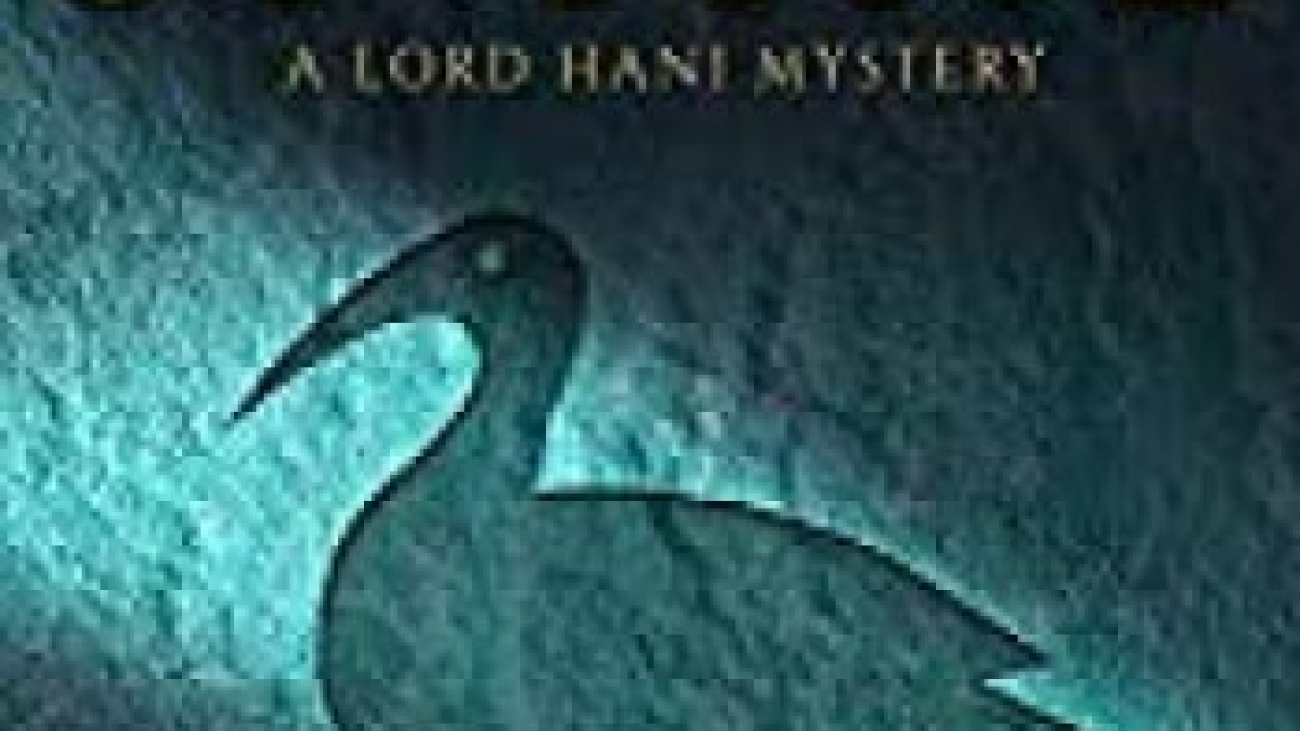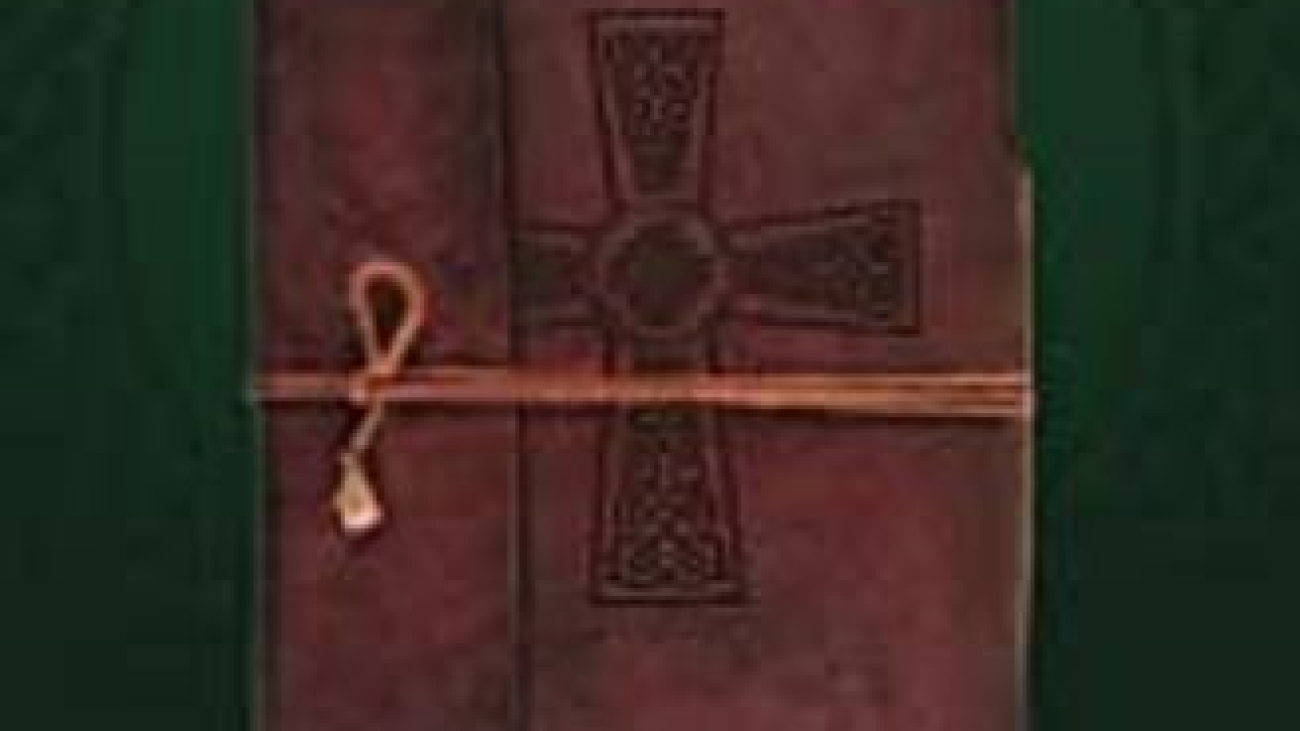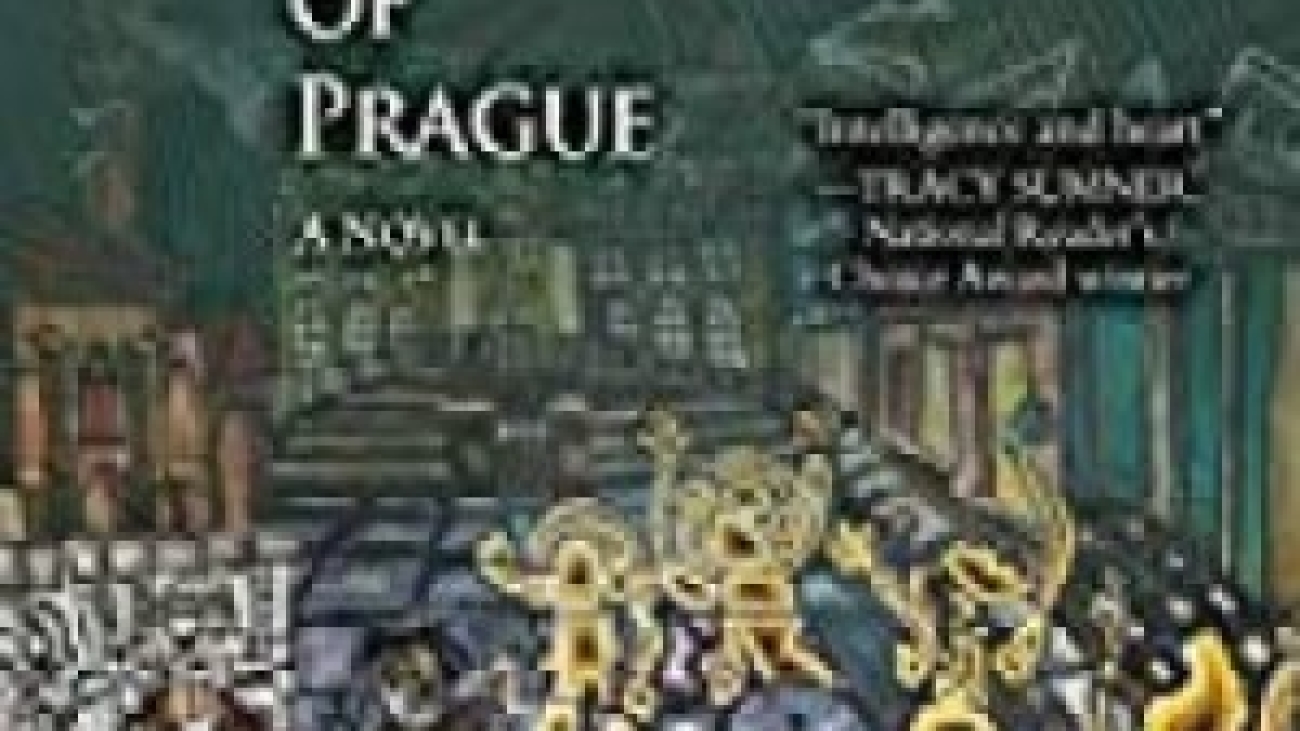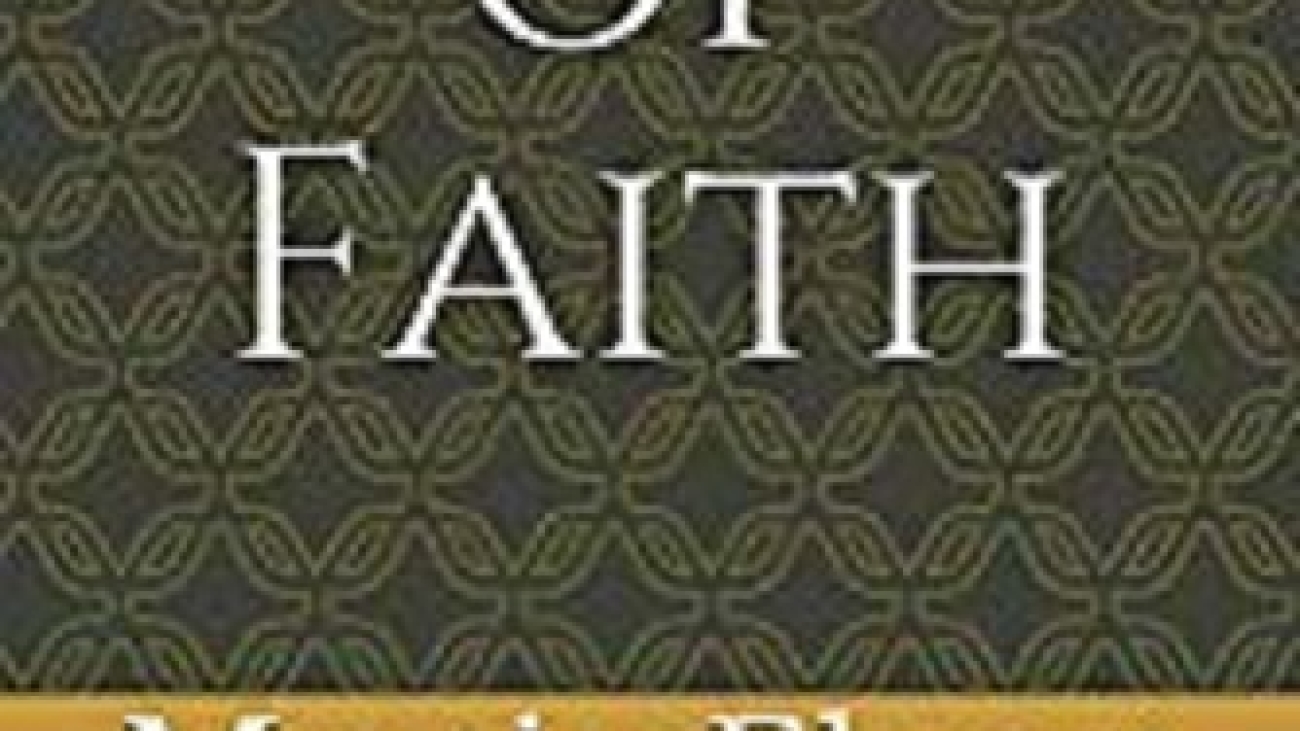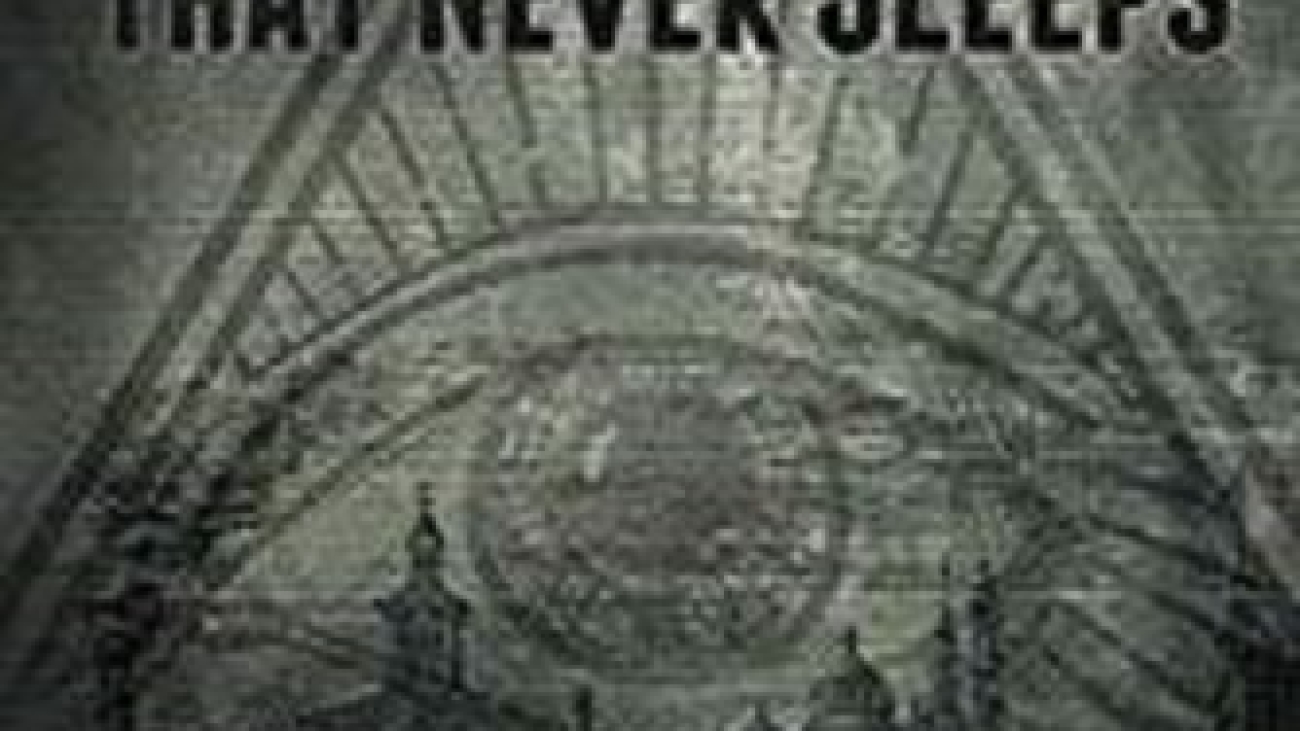Reviewed by Timea Barabas
Bird in a Snare is the foundation stone of The Lord Hani Mysteries, a historical series that plays out in Ancient Egypt. N. L. Holmes masterfully resurrects from the sands of time a tale of a humble diplomat and a proud family man, who finds himself adrift in the whirlwind of changing times. Purchase Here.
This is a story about the life and adventures of Hani, a diplomat serving under the rule of Akhenaten. As a new horizon slowly creeps upon the land, Hani is sent to the distant realm of Syria to uncover a murder with grave political repercussions. During his mission to solve one murder, he encounters only more death, political corruption, and a fragile net of relationships between leaders. But before coming to any conclusions, he must return to his home, mid-investigation. The sun has set. And soon a new sun will shine over the kingdom. The successor who rose to the throne seems to depart from the comfort of the old ways, into a new territory; a new direction that does not seem to meet with Hani’s set life course. But, nevertheless one must adapt and above all, survive.
Bird in a Snare is well documented and offers a historically convincing depiction of what once was. N. L. Holmes world building skills melt together fiction and historical facts, in her reimagined set of events. She addresses Ancient Egypt from a macro level – mainly through state and religion – and the micro level of everyday life. But what is more, she unites these two spheres through the main character, Hani. Although the story revolves around a central figure, he is constantly surrounded by a colorful bouquet of characters, be that pharaohs, his scribe Maya, or members of his family. This psychological attention to character development is what truly animates the pages of the book.
Under the penname of N.L. Holmes, an archeologist and university professor by trade, brings her in-depth knowledge to the realm of historical fiction. The abundant knowledge of the author seeps into the text in a natural way and brings color to historical details. For all those who love to dive into historical fiction, keep an eye on Bird in a Snare and other writings by N.L. Holmes.
